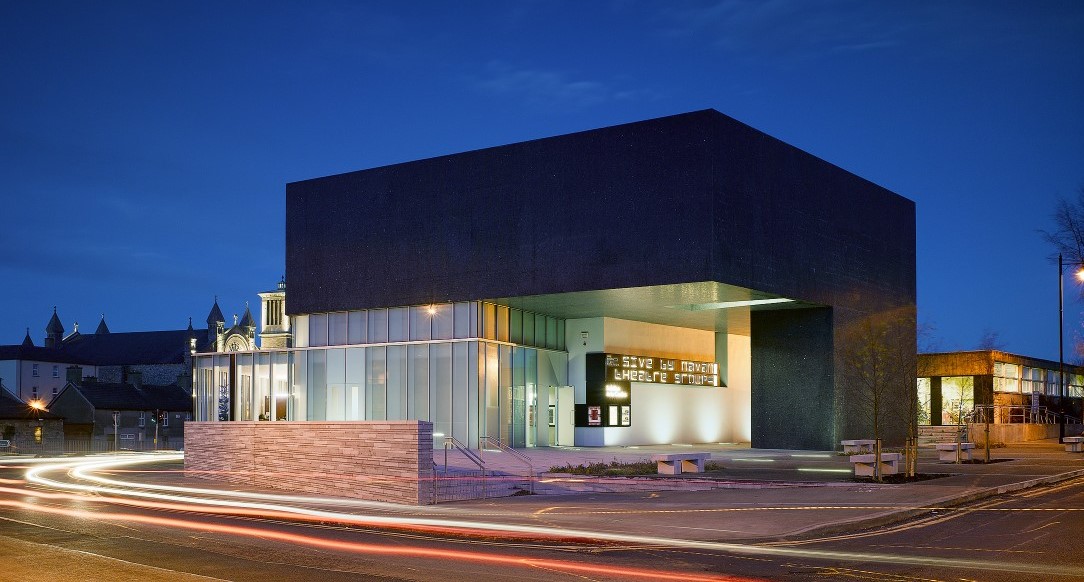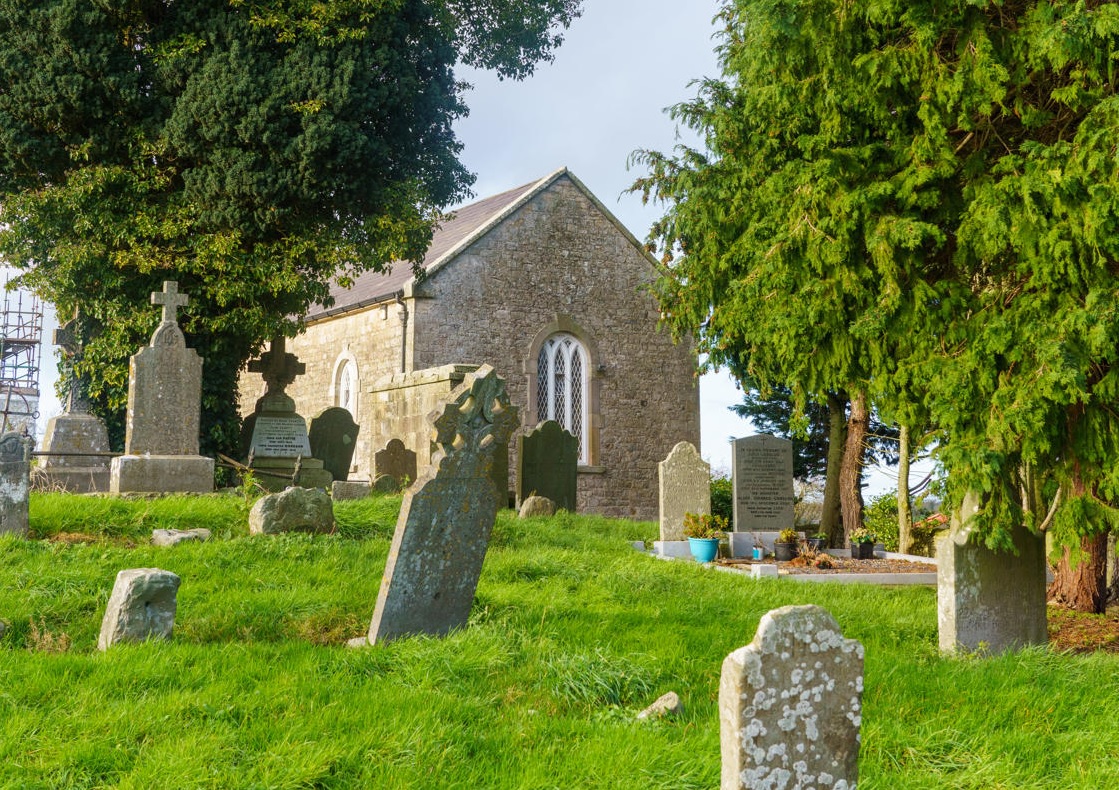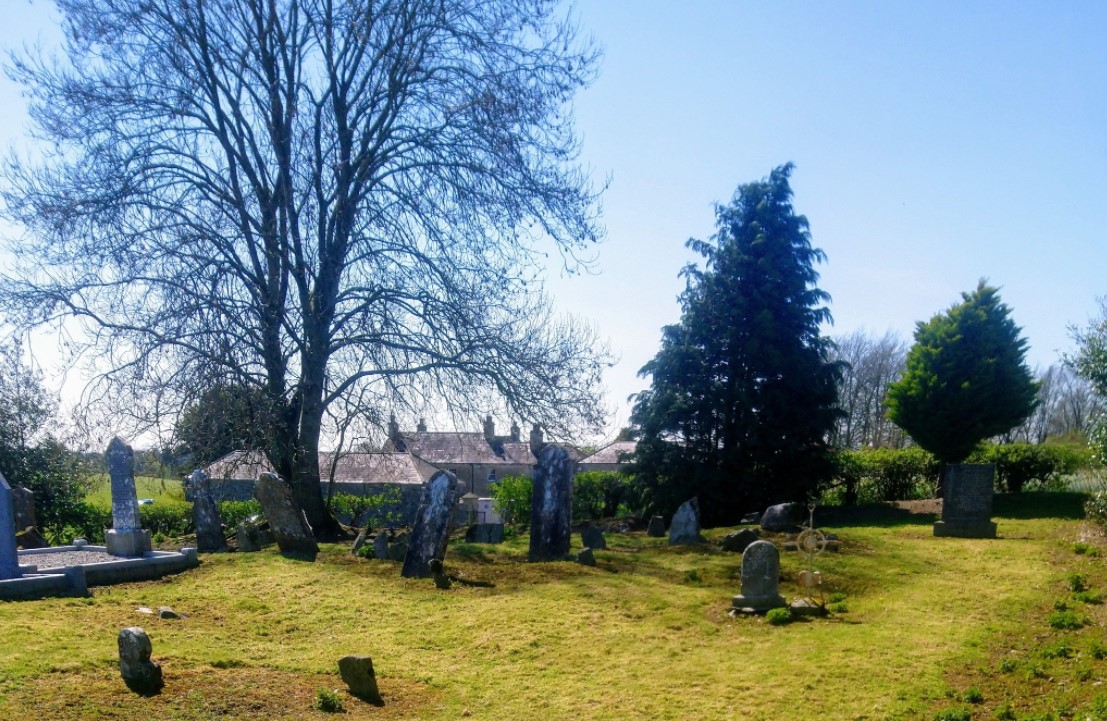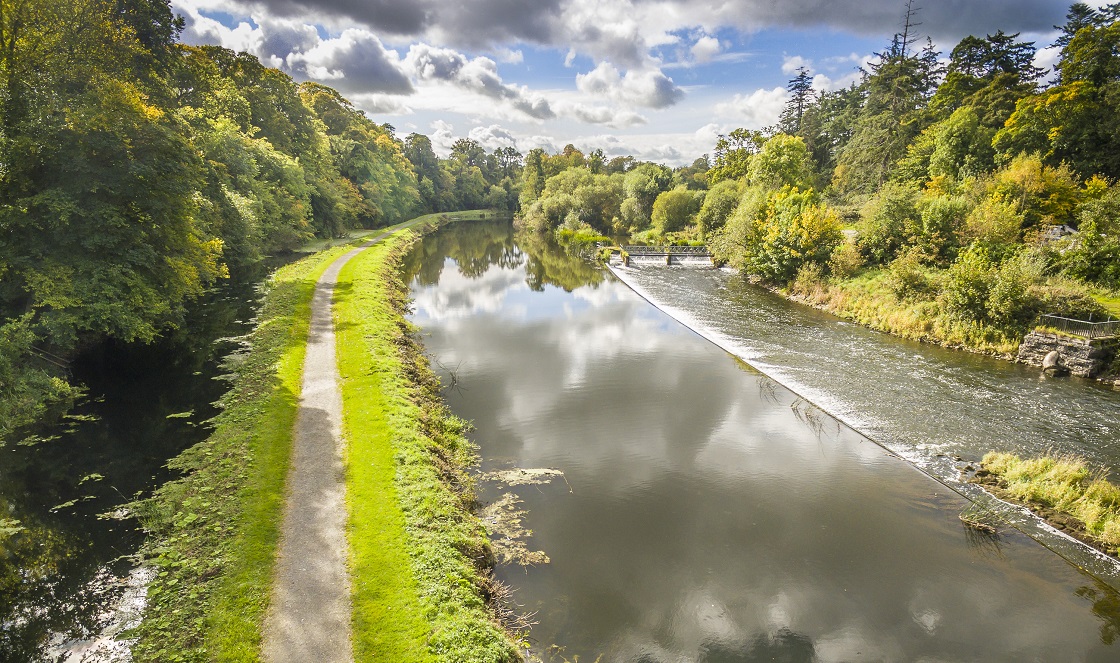Navan Town
History of Navan
The burgeoning town of Navan lies at the confluence of the rivers Boyne and Blackwater. It is the county town, or administrative capital, of Co. Meath. The name Navan has long confused etymologists. It is thought that it may take its name from the Irish An Uaimh, meaning ‘the cave' or perhaps from Nuachongbhail, meaning ‘new habitation'. Navan was accredited Purple Flag in 2015 promoting a well managed vibrant town with an impressive nighttime economy.

Solstice Arts Centre and Tourism Information Point, Railway St., Navan, Co. Meath
From Dublin:
Take the M3 (this road is tolled) headed for Cavan. At junction 8, exit toward R147Navan (South). Merge onto Navan (South). Turn left onto R147. Arrive at destination. Via M1 Motorway or Drogheda: Take the M1 (this road is tolled) coming from Belfast. At junction 10, take the N51 exit to Drogheda (North)/Navan/Collon. At the roundabout, take the 1st exit onto N51 for Slane. Continue on the N51 to Navan.
From Trim:
Head south on Castle Street. At the roundabout take the 1st exit onto R154 to Navan. At the traffic lights turn right onto the R161. Continue on this road until arriving in Navan. From Kells: Take the R147 headed towards Navan/Dublin. Continue on this road until arriving in Navan.
Monday to Saturday, 9.30am - 4.00pm
N/A




